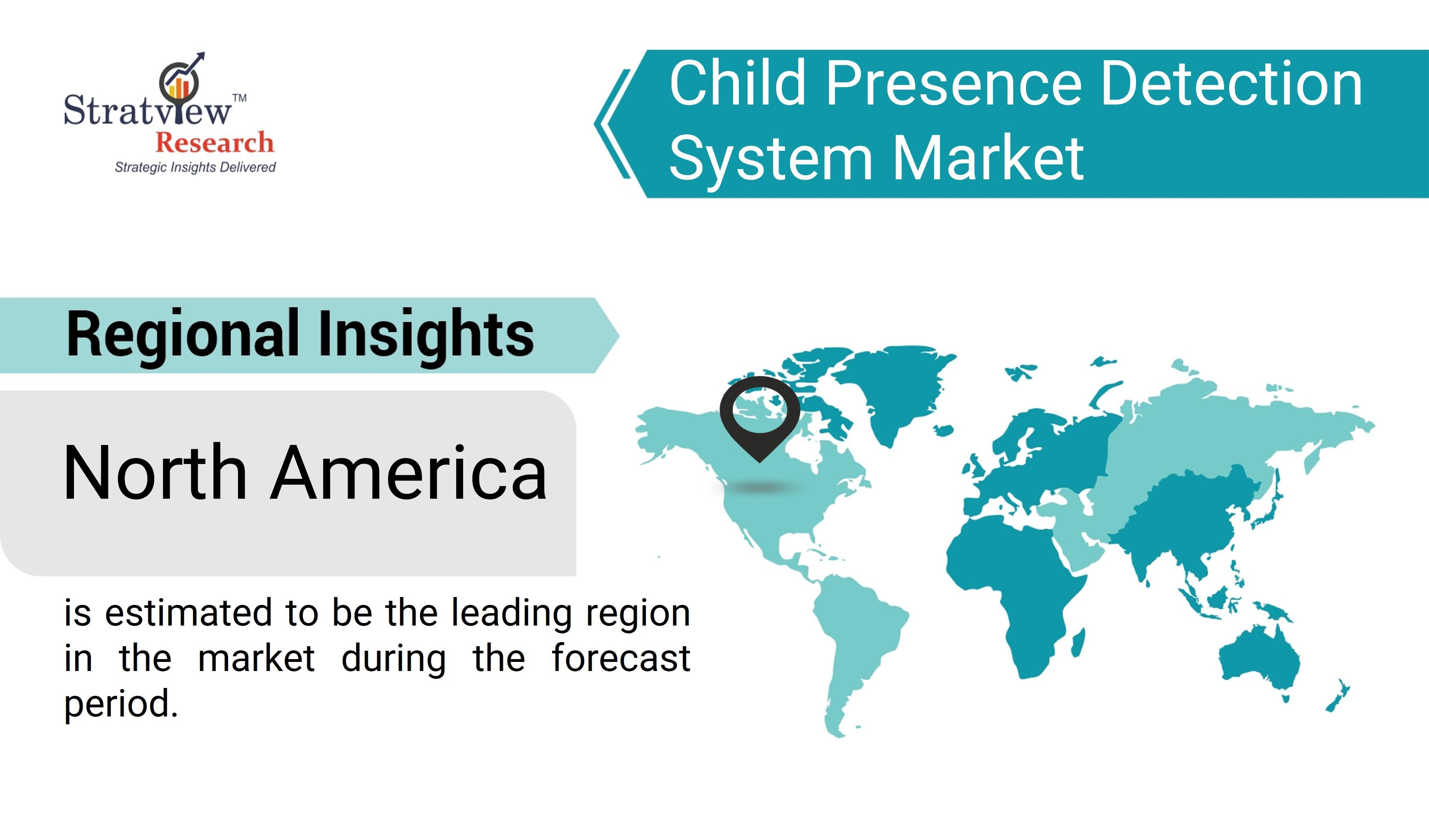The child presence detection system industry is witnessing dynamic growth driven by regulatory initiatives, technological advancements, and increasing consumer awareness. This article provides a comprehensive overview of the market dynamics in the child presence detection system industry, highlighting key factors shaping its development and future prospects.
According to Stratview Research, the child presence detection system market was estimated at USD 80 million in 2022 and is likely to grow at a CAGR of 45.39% during 2023-2028 to reach USD 764.17 million in 2028.
Regulatory Landscape
Regulatory mandates are a primary driver influencing the child presence detection system market. Governments and regulatory bodies worldwide are implementing measures to prevent tragic incidents of children being left unattended in vehicles. For example, the U.S. Department of Transportation has proposed legislation that would require all new vehicles to be equipped with child presence detection systems by a specified date. Such mandates are pivotal in driving market growth and adoption, compelling automakers and technology providers to innovate and comply with these regulations.
Technological Advancements
Technological advancements play a crucial role in shaping the child presence detection system industry. These systems utilize advanced sensors, cameras, and artificial intelligence (AI) algorithms to detect the presence of a child in a vehicle or home environment accurately. Modern sensors can detect vital signs such as heartbeat, breathing patterns, or movements, ensuring reliable detection and timely alerts to caregivers or authorities. Innovations in sensor technology and AI have improved the accuracy and effectiveness of these systems, making them more robust in preventing accidents.
Consumer Awareness and Demand
There is a growing awareness among consumers about the risks associated with leaving children unattended in vehicles. High-profile incidents and media coverage have heightened parental concerns, driving increased demand for child presence detection systems. Parents are seeking reliable and effective solutions that can provide peace of mind and enhance the safety of their children. This rising consumer awareness and demand are significant factors fueling market growth and adoption.
Integration with Automotive and Smart Home Ecosystems
Child presence detection systems are increasingly being integrated into automotive and smart home ecosystems. Automakers are collaborating with technology companies to develop advanced systems that can seamlessly integrate with existing vehicle safety features and smart home platforms. These integrations enhance the functionality and usability of child presence detection systems, making them more attractive to consumers and increasing their adoption rates.
Challenges and Opportunities
The child presence detection system industry faces challenges such as ensuring the accuracy and reliability of detection systems and managing the cost of implementation. Manufacturers and technology providers are addressing these challenges by developing cost-effective solutions and improving system performance. There are significant opportunities for innovation in areas such as sensor technology, AI algorithms, and integration capabilities to further enhance the effectiveness of these systems.
Future Outlook
The future outlook for the child presence detection system industry is promising, driven by regulatory mandates, technological advancements, and increasing consumer demand. Market players are expected to continue innovating and improving these systems to meet safety standards and address the growing need for reliable child presence detection solutions. The continued focus on safety and the development of advanced technologies will drive the future growth and evolution of the child presence detection system industry.
Conclusion
In conclusion, the child presence detection system industry is experiencing dynamic growth, driven by regulatory initiatives, technological advancements, and increasing consumer awareness. The market dynamics are characterized by regulatory mandates, technological innovation, rising consumer demand, and integration with automotive and smart home ecosystems. As the industry continues to evolve, stakeholders have significant opportunities to innovate and improve these systems, ensuring the safety and well-being of children worldwide.


